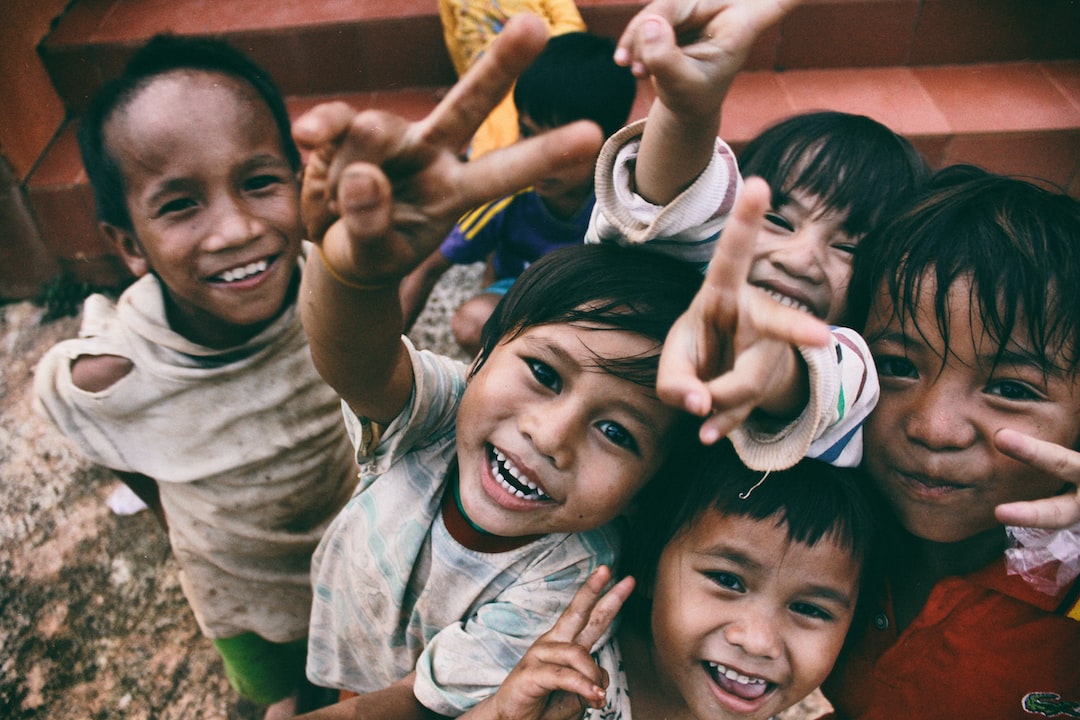Community safety is of utmost importance, especially during public health emergencies. It is essential for individuals and communities to take proactive measures to ensure that they remain safe and secure during emergencies. Public health emergencies may arise due to natural disasters, outbreaks of contagious diseases, or terrorist attacks. To maintain community safety during such emergencies, specific strategies need to be followed. Below are strategies that can be implemented for this purpose.
Continuous monitoring of emergency situations
Government and other health organizations continuously monitor situations related to public health emergencies, such as disease outbreaks or natural disasters. The community, too, should keep a watchful eye on such developments. Local authorities, community leaders, or volunteers can start community-based monitoring for early detection of emergencies. They can do so through surveillance systems, timely reporting, and effective communication channels at the community level. Timely detection allows taking critical steps for prevention or mitigating an emergency.
Strengthen communication channels
Effective communication is crucial in times of emergencies, as it helps to provide relevant information to the community. Establishing communication channels such as community radio, social media, and SMS alerts can provide real-time updates. The community should have access to reliable, accurate, and timely information on emergencies. This can help in decision-making, risk perception, and adherence to preventive measures by individuals. Social media platforms can be used to educate the community on how to prevent the spread of diseases and how to stay safe during emergencies.
Ensure essential services
Public health emergencies, such as pandemics or natural disasters, can have a significant impact on essential services such as healthcare and transportation. Governments should ensure that essential services remain operational during emergencies. Emergency services such as ambulances, fire brigades, and police services should be in full operation. The availability of necessities such as food, water, and medications should be ensured. Community-level organizations such as civil societies and philanthropic organizations can augment the government’s efforts to provide essential services to the community.
Follow preventive measures
Thorough execution of preventive measures by individuals is imperative to mitigate the spread of diseases during public health emergencies. Endeavors such as wearing masks, washing hands regularly, and maintaining physical distancing can play a crucial role in public safety. The community should follow these measures and encourage others to do so, creating a culture of prevention within the community.
Develop emergency response plans
Having comprehensive emergency response plans is critical to maintain community safety during public health emergencies. Community leaders, local authorities, and organizations should facilitate the process of developing emergency response plans in the community. The disaster response plan should be designed, keeping in mind the specific emergency situation and local context. The disaster plan should include the roles and responsibilities of community members, institutions, civil societies, or the government in different phases, such as preparedness, response, recovery, and mitigation.
In conclusion, maintaining community safety during public health emergencies is the collective responsibility of government, communities, civil societies, organizations, and individuals. It is critical to stay vigilant, communicate effectively, provide essential services, follow preventive measures, and develop comprehensive emergency response plans. By following these strategies, we can ensure community safety during public health emergencies and mitigate the impact of such emergencies on individuals, families, and the community at large.

